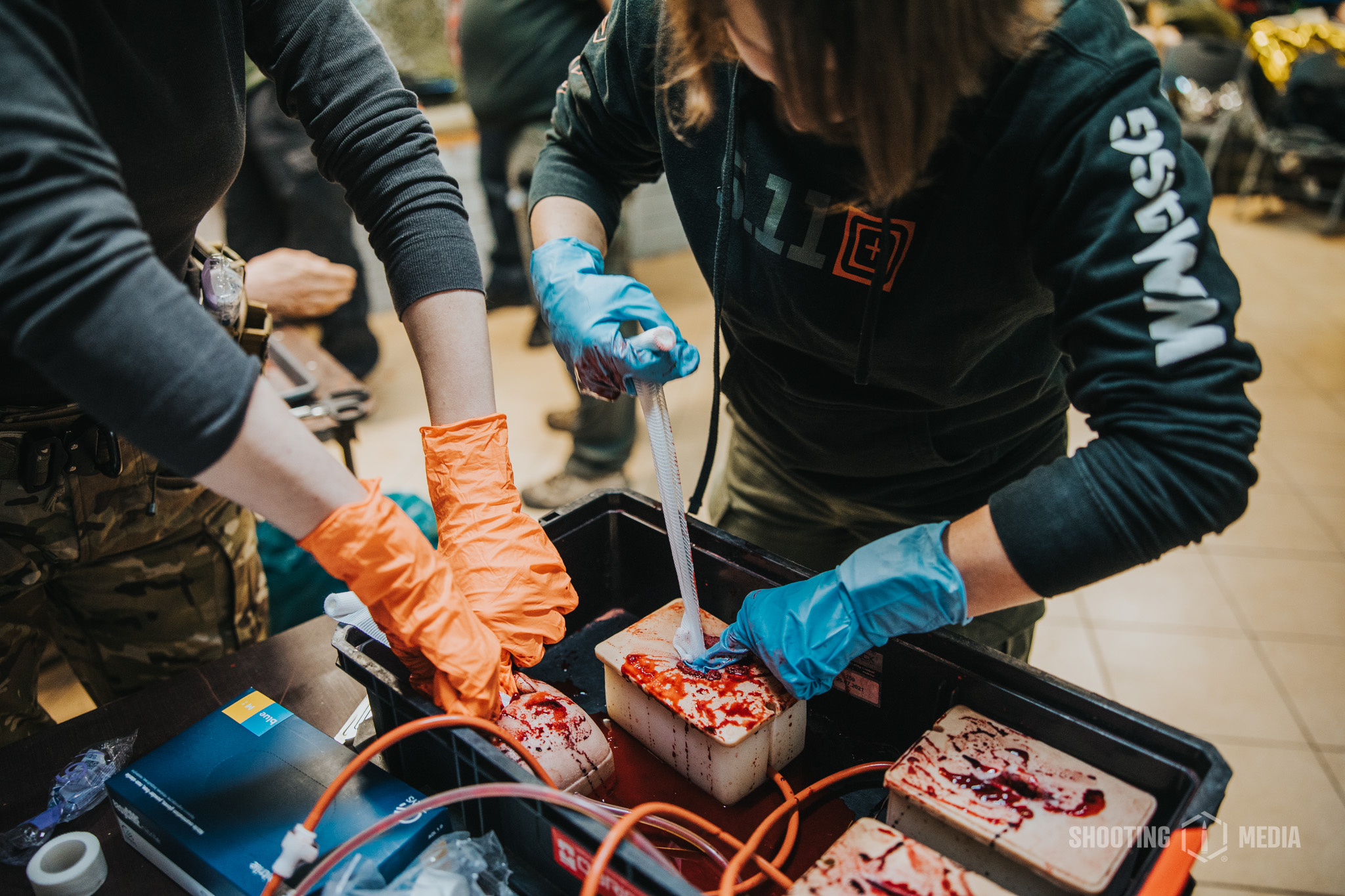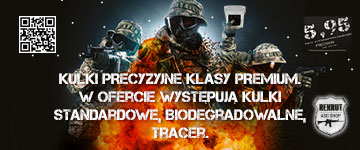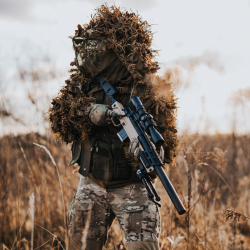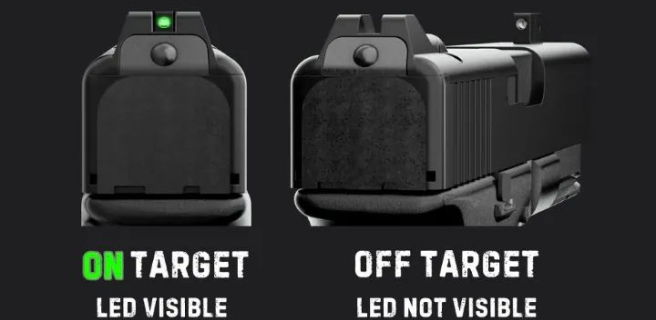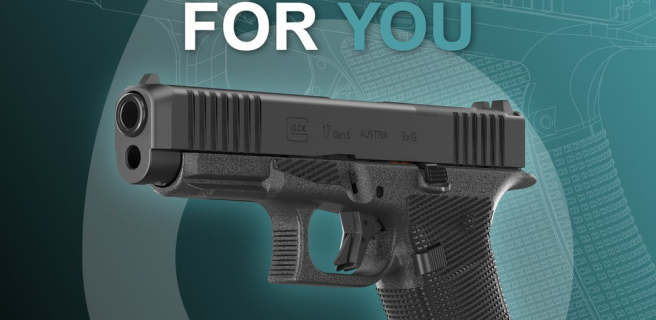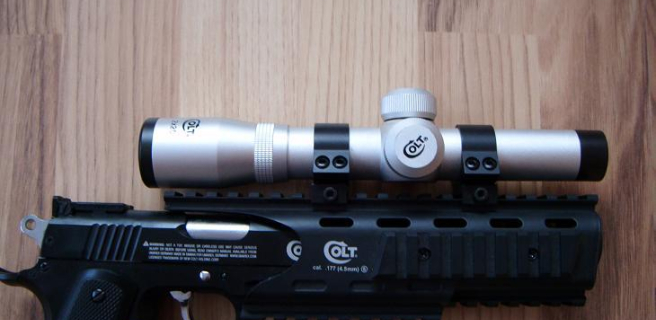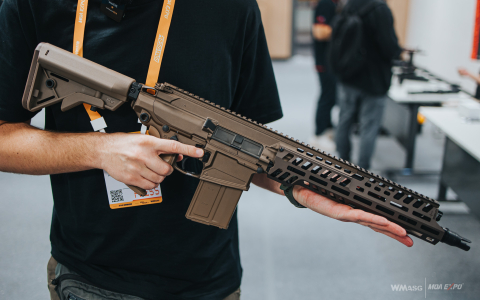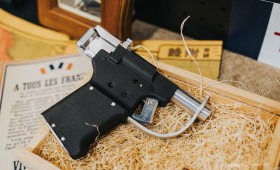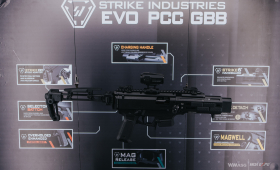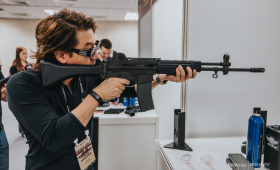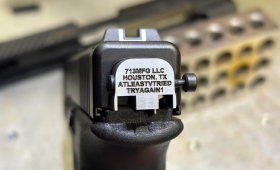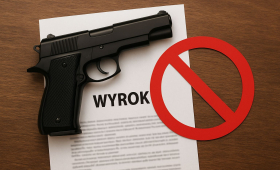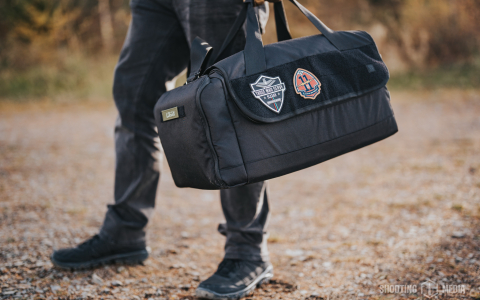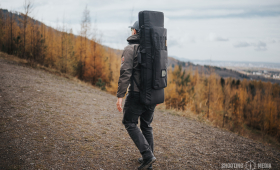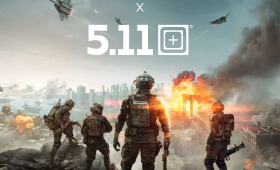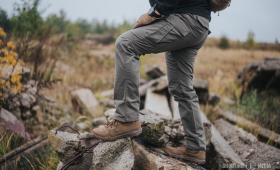On the last weekend of September, the geographical center of gravity for the WMASG.com crew shifted significantly to the north. We are all well aware of the nature of our passions and the events we take part in. We also know that life-threatening accidents and dangerous situations can occur not only during live-fire training or airsoft games—often held in unsuitable locations—but also in everyday scenarios, such as while driving a car.
With a small editorial team, we gathered at the Gryf Military Technology Museum, located on the outskirts of the town of Dąbrówka (Pomeranian Voivodeship), to take part in a one-day basic training course: Stop The Bleed&Tactical First Responder. The course was organized by the grassroots defense initiative TacticalDefencePL – the official ambassador of the American Stop The Bleed program, which we recently mentioned in our coverage of the Mare Balticum Sniper Challenge competition.
The Stop The Bleed training focuses on controlling massive hemorrhages in accordance with the official program of the U.S. Department of Defense (now transformed into the U.S. Department of War), and includes simulations and practical exercises using high-fidelity training aids from world-class manufacturers. According to the Stop The Bleed initiative, the program is based on experiences gained by the DoD during the wars in Iraq and Afghanistan. The campaign's goal is to train and equip individuals with the most medically proven methods for stopping bleeding, in order to save the lives of those who have suffered severe blood loss injuries.
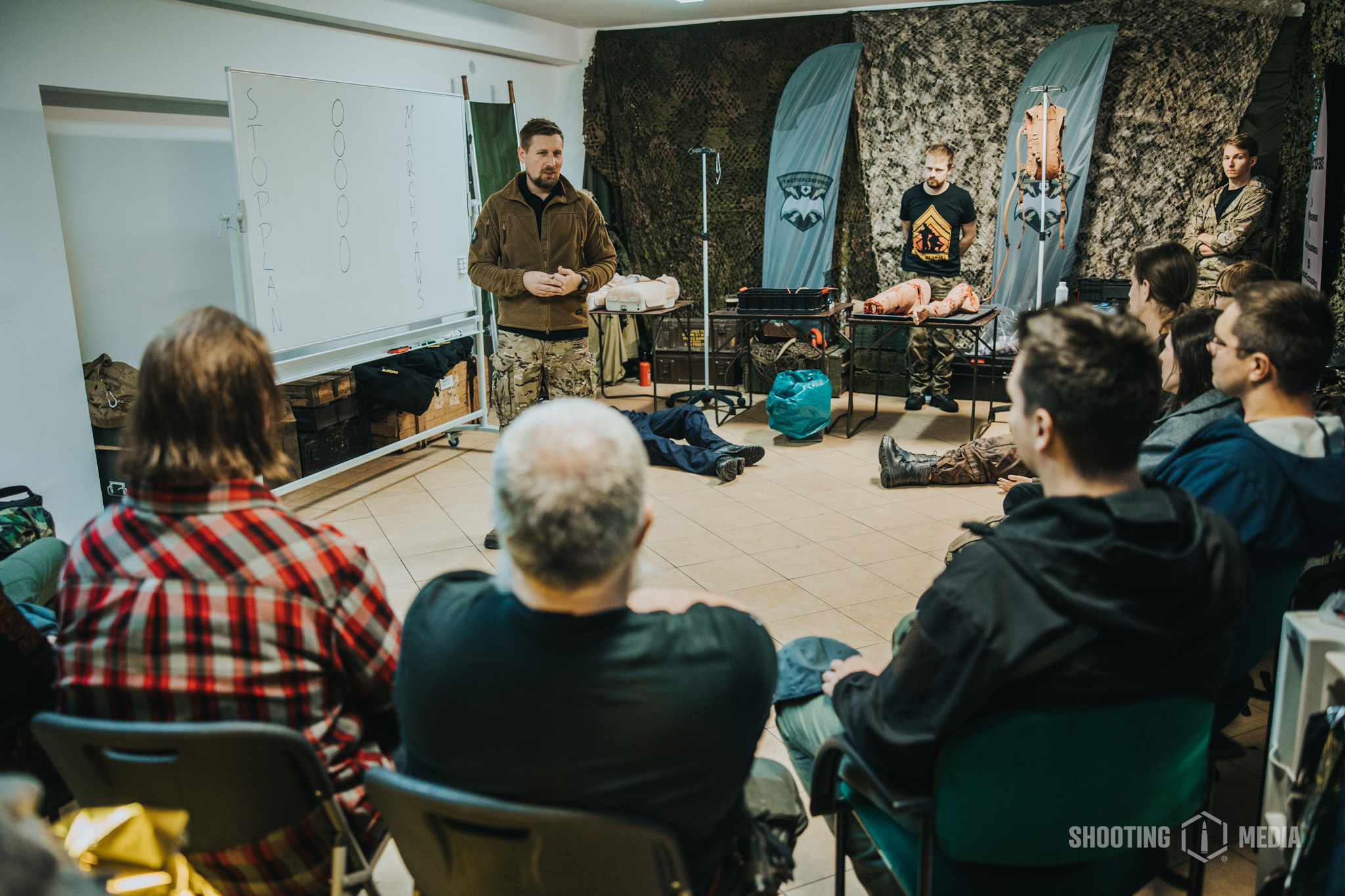
Can a one-day training course provide in-depth knowledge on such a complex subject? Of course not. The course instructor – founder and leader of TacticalDefencePL, Rafał – was fully aware of that. He carefully selected topics, outlined the context of some, and focused on the most essential fundamentals. Throughout the course, he emphasized that the subject matter is complex, not always black and white, and that the experiences of battlefield medics often shape later-established procedures. He also encouraged us to explore qualified first aid courses, due to the different scope and conditions of first aid compared to what was covered during this training.
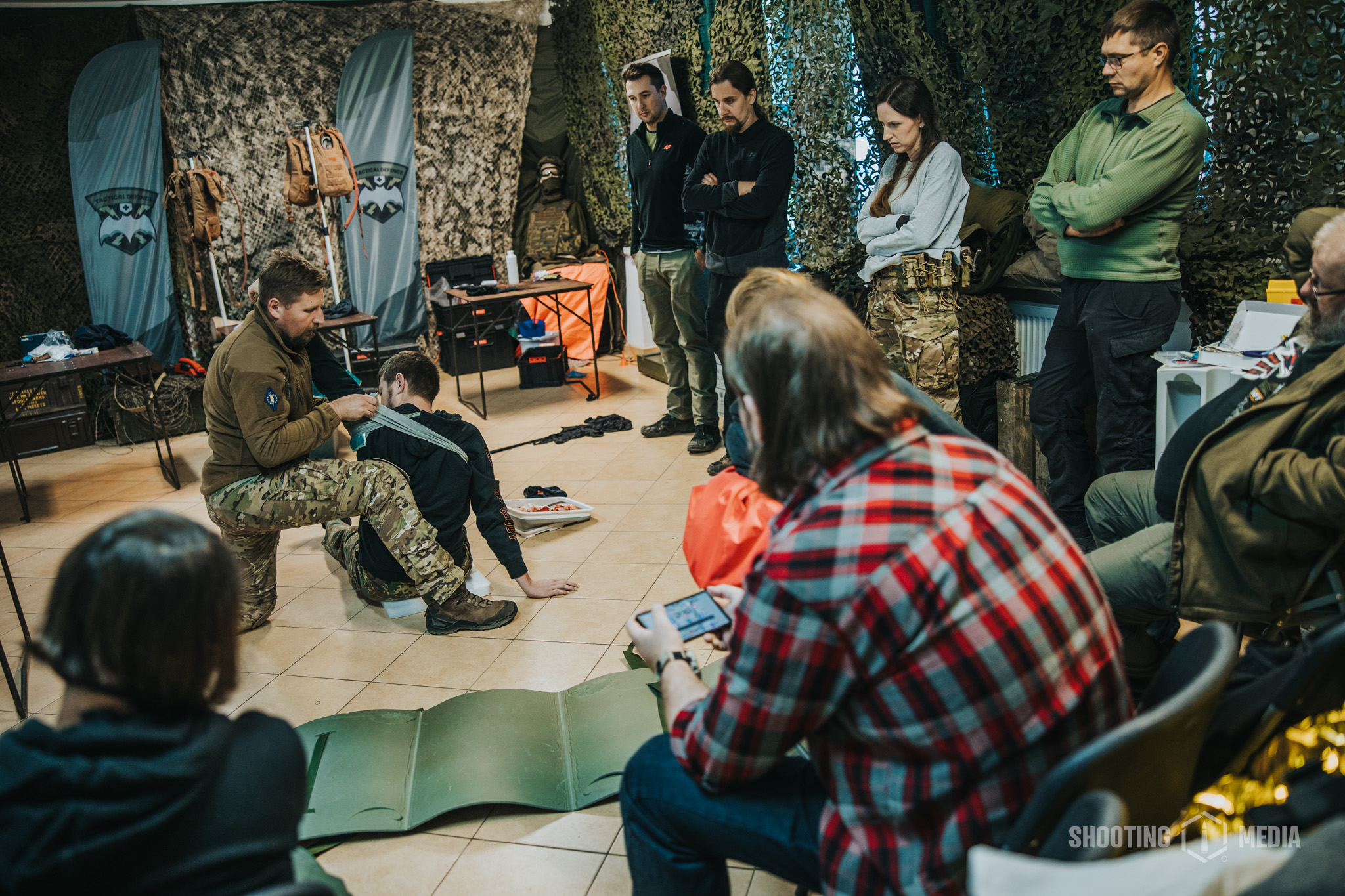
The training began with a brief theoretical section, during which we were introduced to the meaning and significance of acronyms like STOPPLAN, MARCHPAWS, and the proprietary 5O (ang. Cover, Tourniquet, Observation, Fire, Surroundings). However, since the main focus of the course was on stopping massive bleeding, we quickly moved on to the practical part.
We started with 7th generation CAT tactical tourniquets. We practiced self-application on our own limbs as well as assisting others. Proper usage of techniques was discussed, along with potential risks associated with their use. It was emphasized that every second counts in a life-threatening situation, but the safety of the responder is paramount – even approaching an armed teammate in post-traumatic shock can be dangerous.
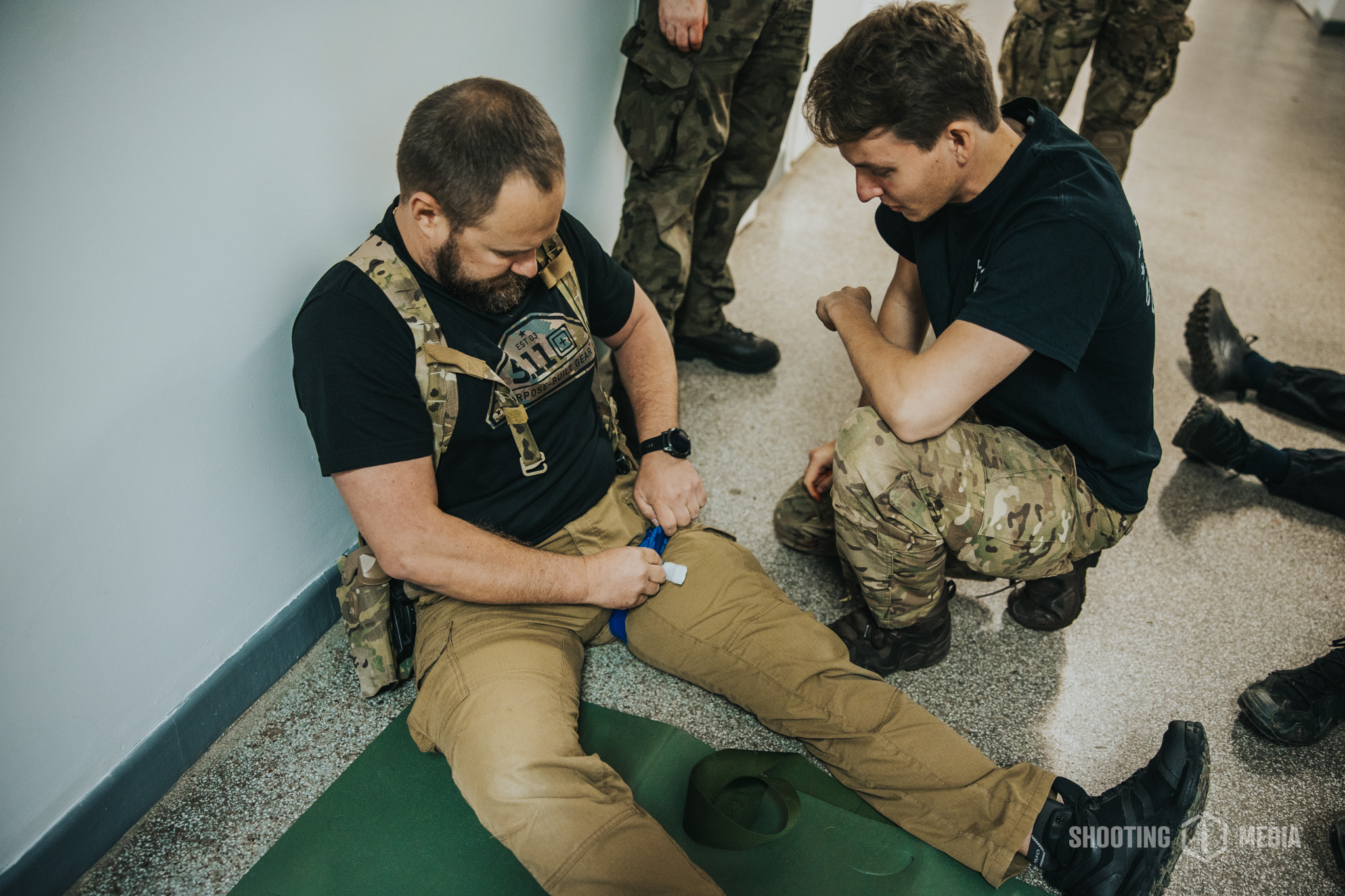
Later in the training, we familiarized ourselves with various types of individual first aid dressings from different countries. Practical comparisons showed that their designs were driven by different assumptions and needs, and that effectively dressing a wound may require different approaches depending on the solution used.
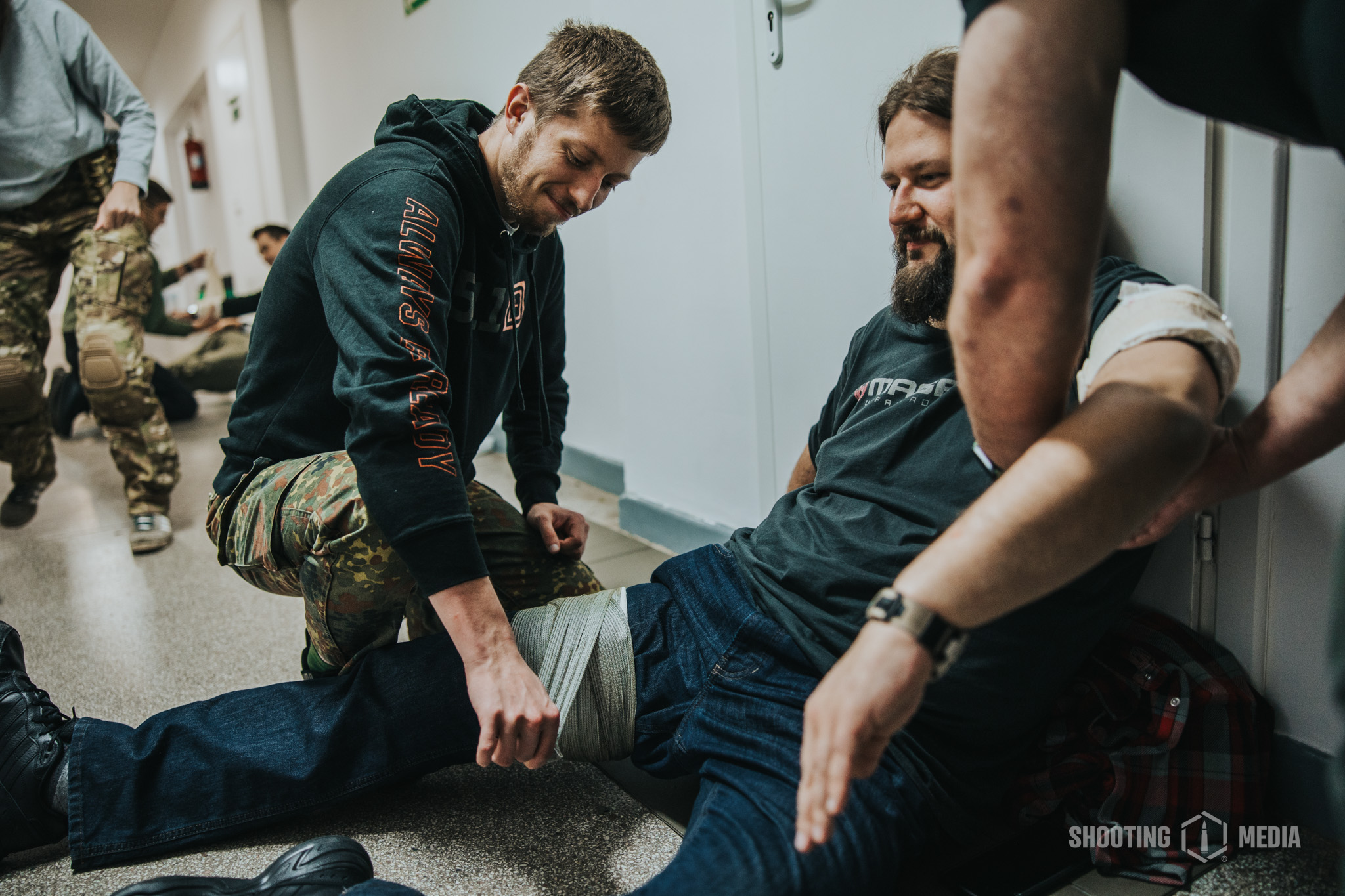
Controlling bleeding from limbs is only one aspect of the matter – another involves wounds in areas where a tactical tourniquet cannot be applied. To train for this, we used simulators provided by the organizers. Their high level of realism helped reinforce the learning process. Artificial limbs and other body part replicas featured various types of wounds – gunshot, laceration – of different sizes and locations. Each was connected to a pressurized artificial blood system, simulating both steady and pulsing, uncontrolled blood loss.
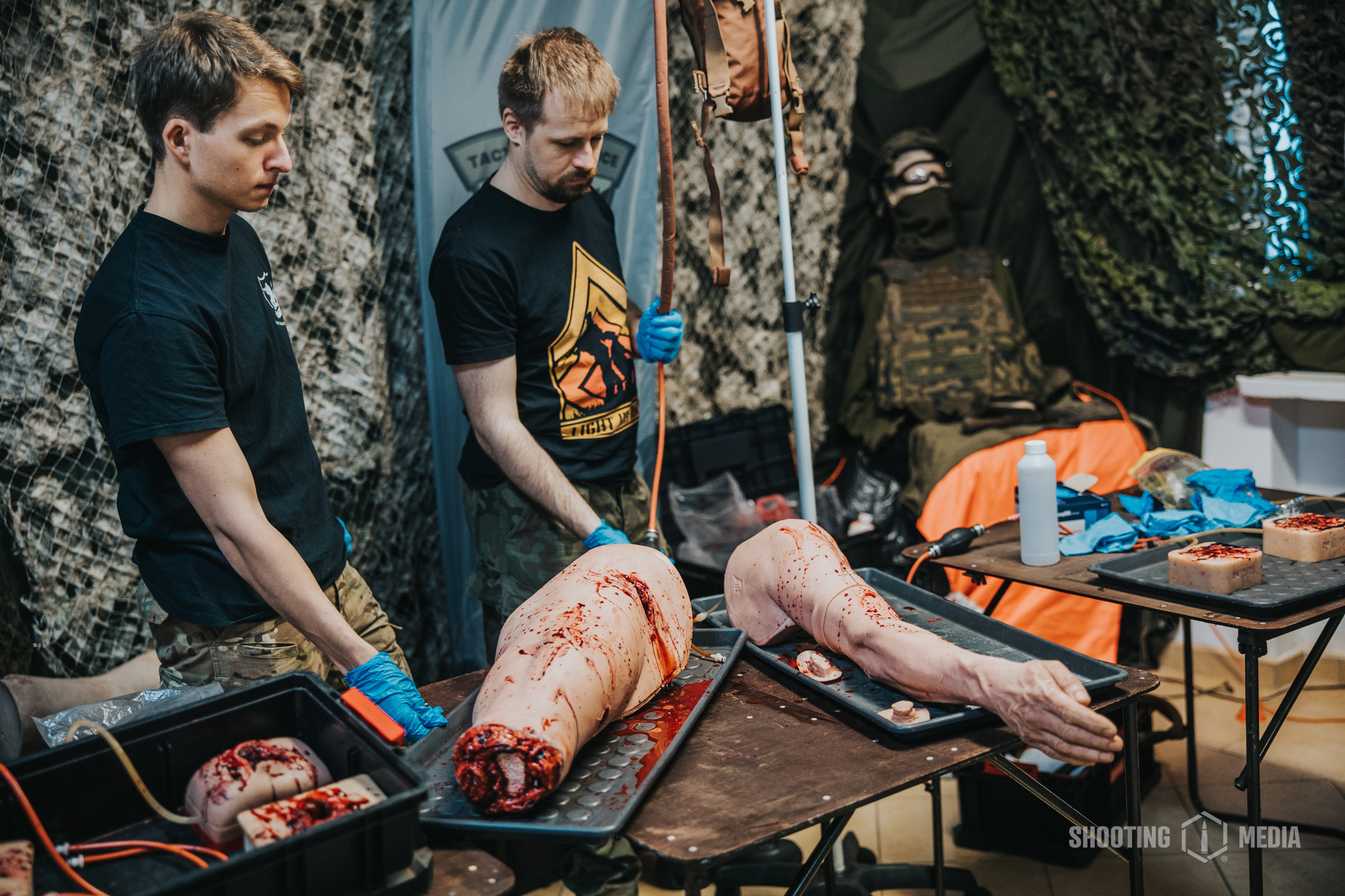
It’s worth noting that, for the sake of simplifying the training, we focused exclusively on external bleeding, deliberately omitting the subject of internal bleeding.
Working under time pressure, with each second reducing the “victim’s” chances of survival, we had to locate the source of bleeding and stop it using proper pressure and available tools – from regular bandages to gauze and hemostatic dressings that accelerate blood clotting. Mistakes were immediately evident: unlike tourniquet drills, leaking bandages and pressurized artificial blood spurting out not only stained the room and our clothes, but also significantly raised adrenaline levels.
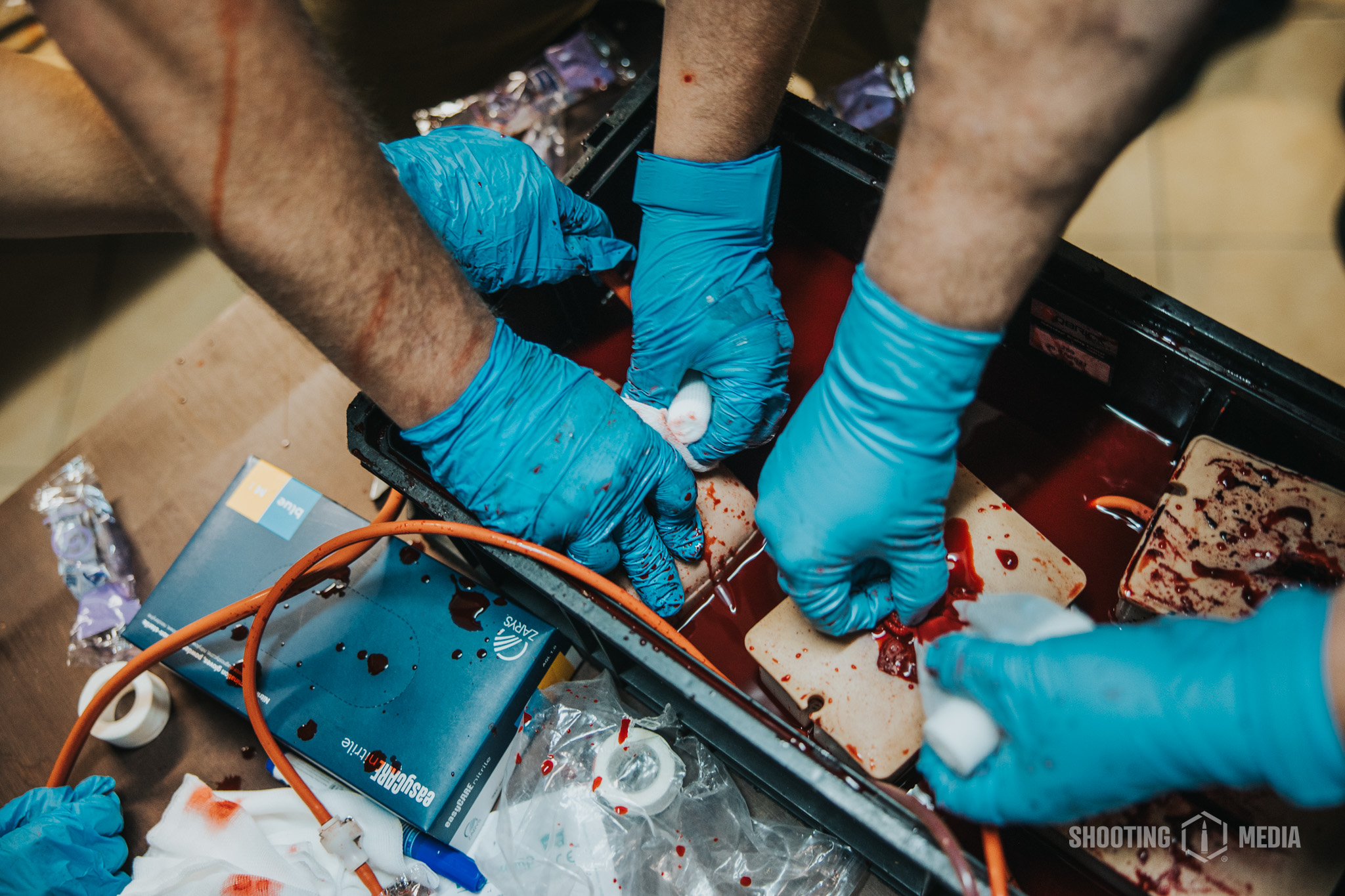
After a break for lunch and possibly changing dirty clothes, it was time to go over the next steps of providing aid in the field. We practiced applying occlusive dressings as well as improvising them. We also had a chance to explore other items in the responder’s gear – including hydrogel dressings used to treat burns.
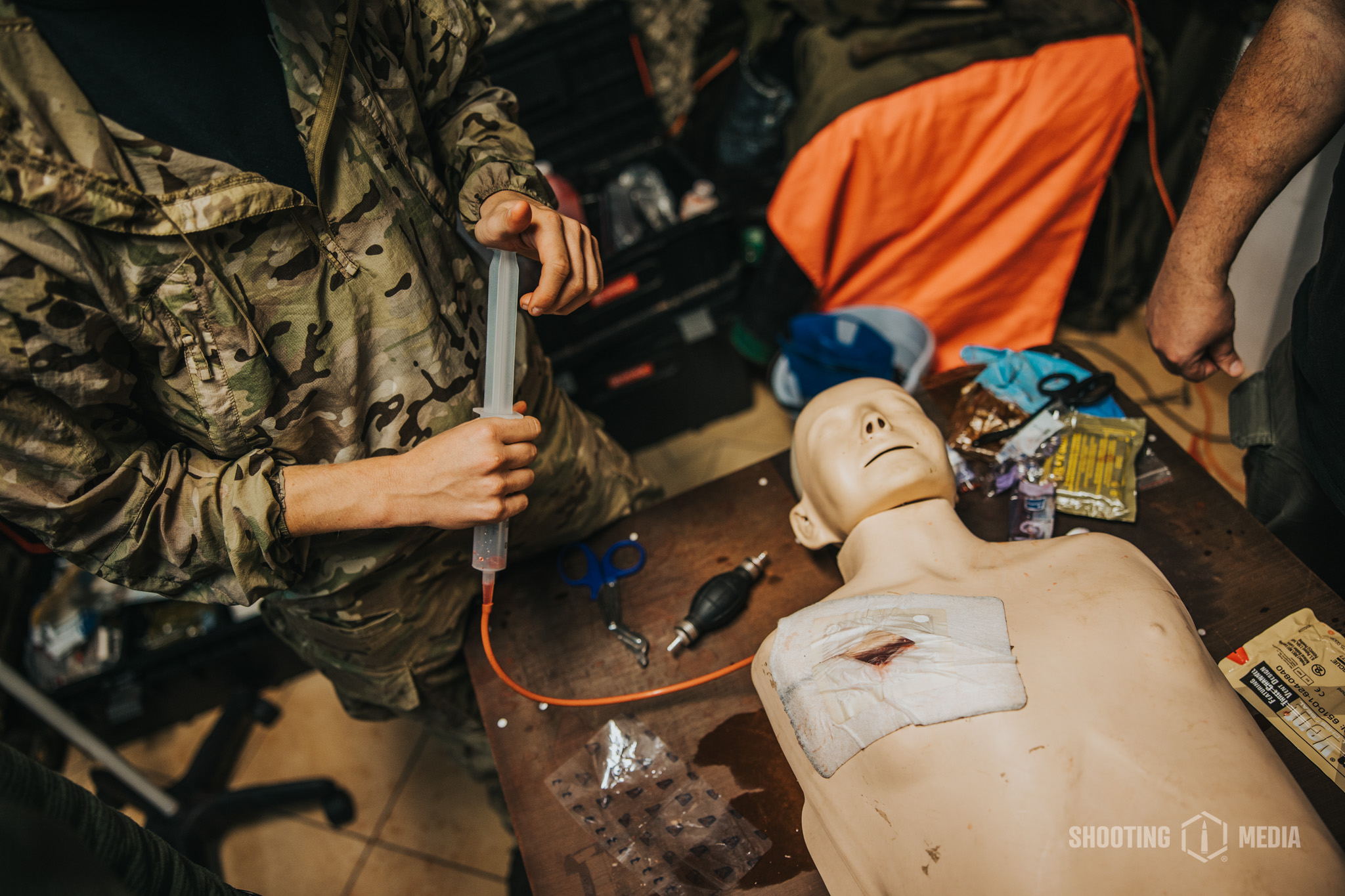
The final part of the course involved participating in a short practical scenario. Divided into groups, and given minimal information, we had to enter a building, assess the situation, eliminate threats, and provide aid to casualties in various conditions. Those few minutes clearly showed us that you can’t be prepared for everything, and that maximizing the chances of saving lives—while ensuring your own safety—requires calmness, knowledge, and ongoing, systematic training, which we strongly encourage you to pursue.
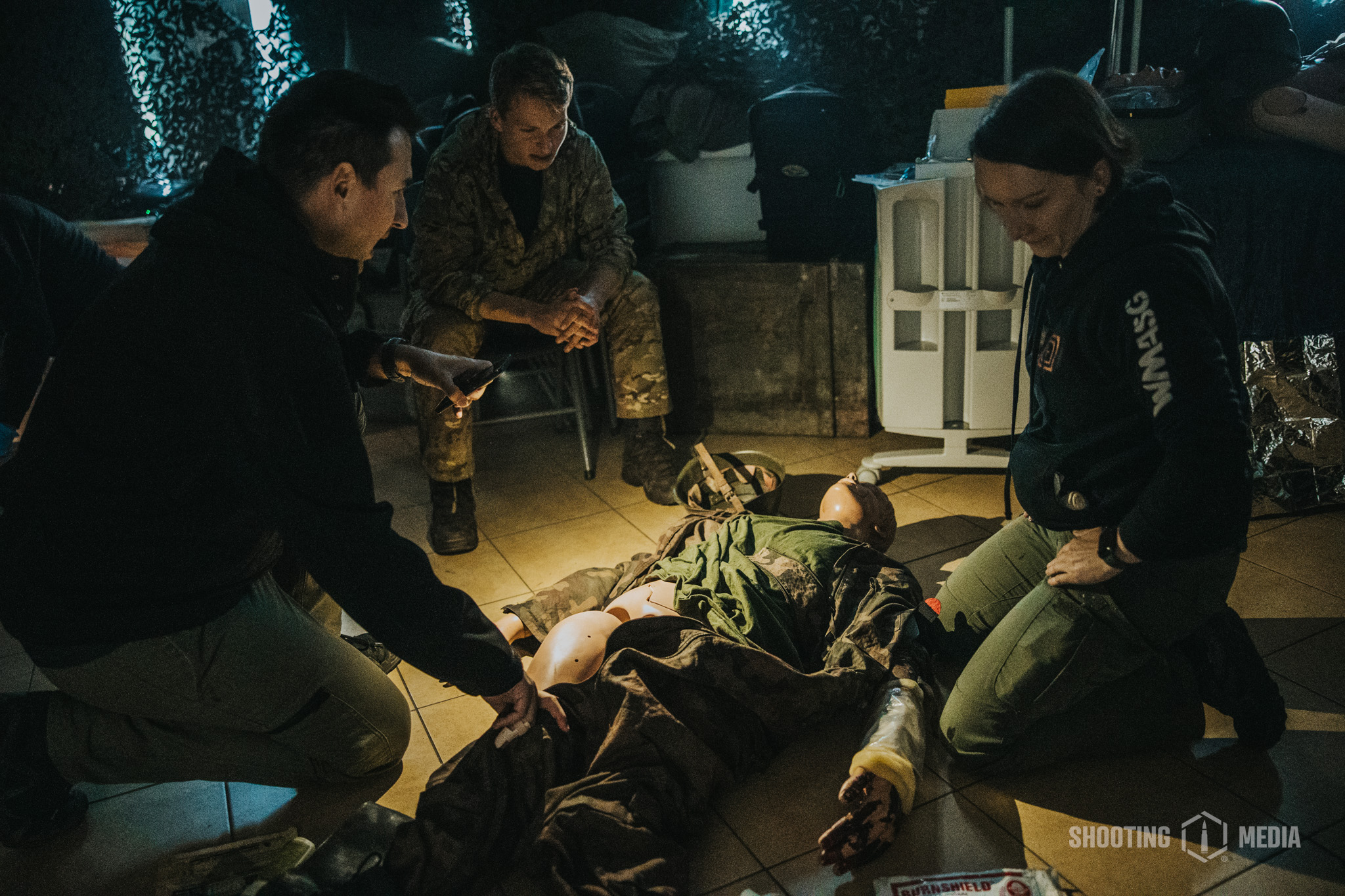
At the end of the session, participants were awarded commemorative Stop The Bleed and Tactical First Responder certificates. Although this one-day training is just a small step toward conscious life-saving response, the topics covered are impossible to overstate. Whether we operate on an airsoft field, at a shooting range, or simply in everyday life – knowledge of first aid may become the most valuable part of our gear.
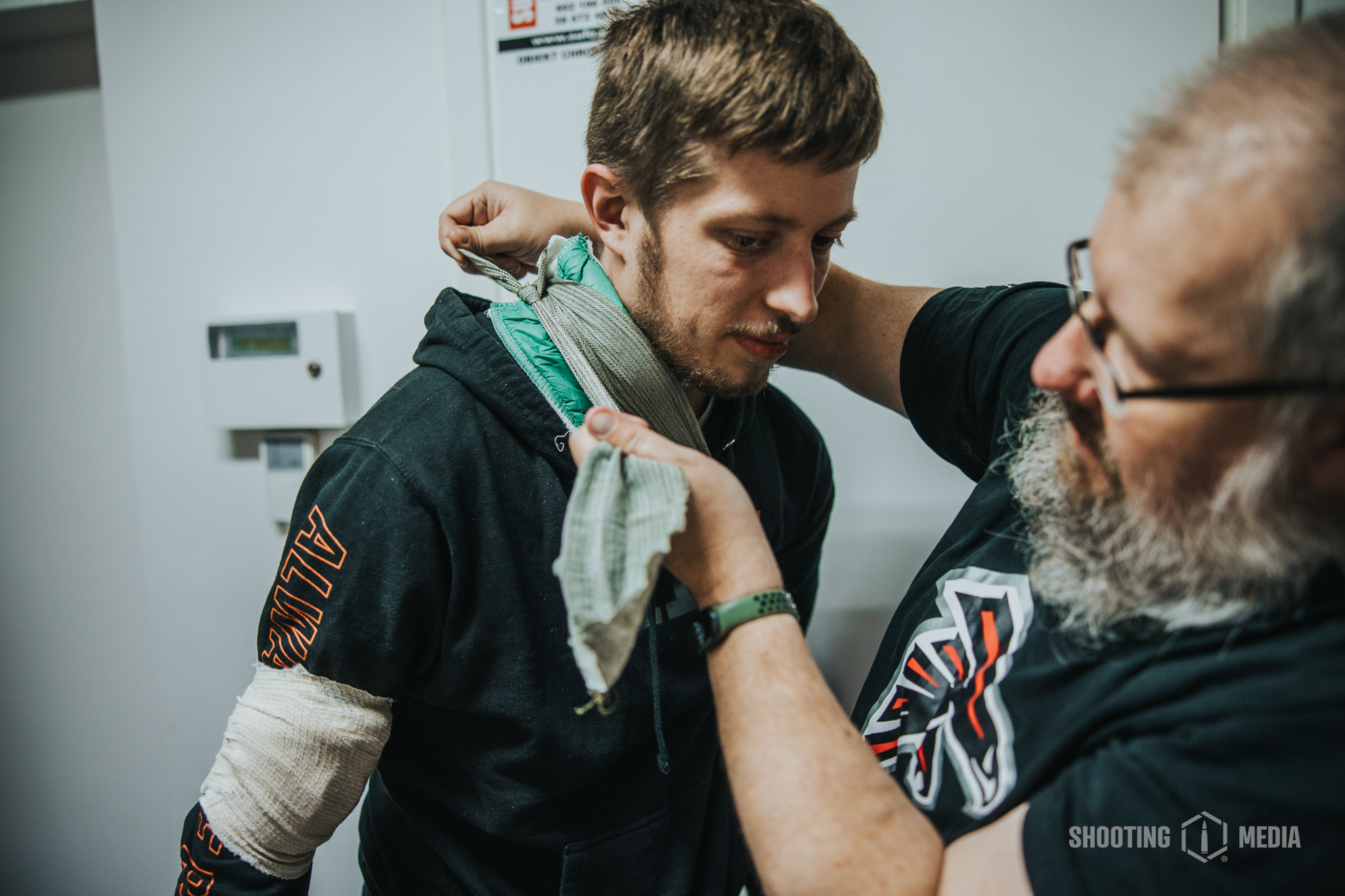
We would like to sincerely thank the team at TacticalDefencePL for organizing the workshop and sharing a piece of their knowledge with us in such an accessible, engaging, and memorable way.
Photos: Medard Starzycki

